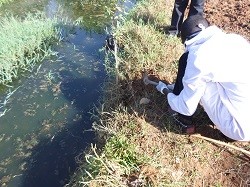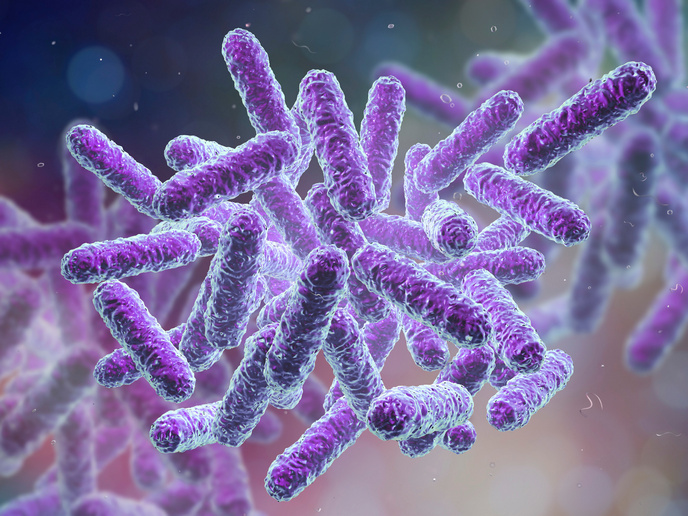The dangers of using wastewater for urban agriculture
Nearly 20 million hectares of arable lands around the world are irrigated with wastewaters, giving rise to 10 % of the world population’s food production. Yet despite this significant use, almost nothing is known about the presence, evolution or dissemination of antibiotic resistant bacteria and genes – or their possible transmission to humans and animals via the food chain. To fill this knowledge gap, researchers with the EU-funded ARBUATEM project set out to raise awareness about the dangers of using wastewater for urban agriculture in low and middle-income countries (LMICs). ‘The goal of the project is to thoroughly investigate the role of the environment and wastewater as a source for the emergence and spread of antimicrobial resistance in two African countries’, says project coordinator Laura Piddock. ‘By measuring the potential of wastewater used in urban agriculture to disseminate antibacterial resistance in LMICs, we’ll be able to better protect our food chains.’ Understanding the resistance The project aims to connect agriculture, the environment and health. In LMICs, urban agriculture has been developed by urban farmers to supply food to the city inhabitants. Due to water scarcity and cost, urban farmers generally use untreated wastewater irrigation. In three different cities, researchers randomly collected wastewater samples used for urban agriculture from canals near agricultural fields. The three cities were Ouagadougou, Burkina Faso, and Ngaoundere and Yaounde in Cameroon. ‘Using state-of-the-art metagenomic DNA sequencing and bioinformatic pipelines, we analysed the presence of bacteria and drug-resistant genes found in the wastewater,’ explains Piddock. Along with DNA sequencing, ARBUATEM researchers also used analytical chemistry, molecular biology, metagenomic approaches and computational biology to characterise antibiotic resistant bacterial community structures and antibiotic resistant genes (ARGs) in untreated wastewaters and the corresponding irrigated agricultural sites. ‘The new scientific data arising from this project will provide new information on factors that drive resistance,’ says Piddock. ‘We can then work on minimising these factors by developing strategies to prevent further spread of antibiotic resistant bacteria and ARGs worldwide.’ European leadership Antimicrobial resistance (AMR) is a global threat that knows no borders. They disseminate very rapidly via the food chain, global travel and medical tourism. If not urgently addressed, drug resistance in LMICs will likely become a global issue, putting additional pressure on European healthcare facilities. ‘This project highlights Europe leadership in AMR research,’ says Piddock. Although the project is ongoing, results have already been produced. ‘What we have found is that wastewaters harbour a wide diversity of pathogenic bacteria, as well as antibiotic resistant genes,’ adds Piddock. ‘All the factors involved in antibacterial resistance were found in these wastewaters, thus revealing them to be reservoirs for the dissemination of antibiotic resistance.’ According to Piddock, the solution is water sanitation and good public health systems. As the project moves forward, Piddock says that the challenge will be to obtain funding to build on their findings. ‘It is critical to further investigate the dynamic of antimicrobial resistance in wastewater ecosystems and to further understand to what extent the exposed human and animal populations are affected,’ she says. At the end of the project, Piddock says that all information will fall into the public domain, where it will help scientists and decision makers improve policies for tackling antibacterial resistance.







